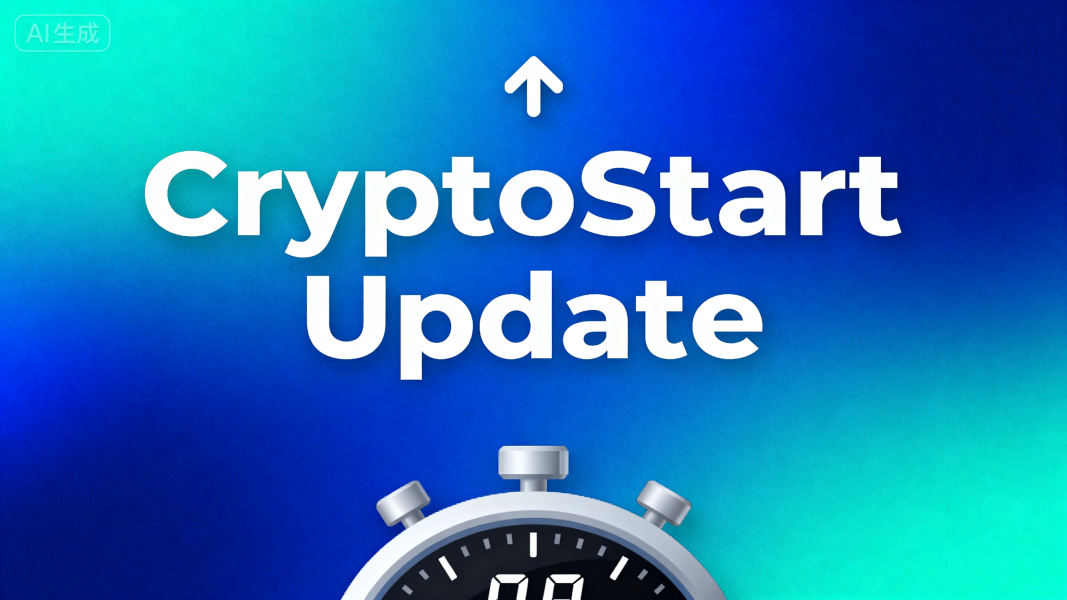Sharding: Split the ledger to increase speed and resolve congestion
A comprehensive guide to how sharding solves blockchain bottlenecks, making virtual currencies faster and more scalable for everyone.
What Is Sharding in Virtual Currencies?
Sharding, in the context of blockchain and virtual currencies, refers to the process of dividing a blockchain’s entire ledger (the decentralized database that records all transactions) into smaller, independent subsets called “shards”. Each shard operates as a mini-ledger, processing its own set of transactions and storing only a portion of the network’s total data—rather than every node storing and verifying the entire blockchain.
Think of it like a busy library: Instead of one librarian handling every book check-out (slow and inefficient), the library splits into sections (shards), with each librarian managing their section. This way, more people can be served at once, reducing wait times. For virtual currencies, sharding works similarly: By distributing transaction processing across shards, the network can handle more transactions per second (TPS), boosting speed and easing congestion.

How Does Sharding Work?
Sharding isn’t just about splitting data—it requires a coordinated system to ensure the blockchain remains secure, decentralized, and consistent. Here’s a simplified breakdown:
- Shard Creation: The ledger is divided into shards based on rules like transaction type or user account ranges. Each shard has its own validators focusing on its activity.
- Parallel Processing: Transactions are processed across shards simultaneously, increasing total TPS compared to traditional blockchains where all nodes verify every transaction.
- Cross-Shard Communication: Protocols enable transactions between shards (e.g., sending funds from Shard A to Shard B) via shared validation or central coordination.
- Security Safeguards: Techniques like random validator rotation or tying shard security to the main chain prevent vulnerabilities from smaller shard sizes.
Why Sharding Matters for Virtual Currencies
Sharding addresses three major pain points holding back many virtual currencies:
- Scalability: Sharding scales TPS linearly with the number of shards—10 shards can handle roughly 10x more transactions than one, solving bottlenecks for high-demand networks.
- Reduced Costs: Faster processing lowers transaction fees, making virtual currencies practical for everyday use (e.g., small purchases).
- Lower Barriers to Entry: Nodes only store one shard’s data, requiring less storage and power—preserving decentralization by letting more people participate as validators.
Challenges and Criticisms
While promising, sharding faces key challenges:
- Complexity: Designing cross-shard transaction systems and maintaining consistency across shards is technically demanding, with risks of errors or double-spending.
- Security Risks: Smaller shards with fewer validators are more vulnerable to attacks (e.g., 51% attacks), requiring careful balancing of size and safeguards.
- Adoption Hurdles: Retrofitting sharding into existing blockchains (like Ethereum) needs major upgrades and community agreement, often taking years.
Real-World Examples of Sharding in Virtual Currencies
- Ethereum: Plans to split its ledger into 64 shards, with the Beacon Chain coordinating security, as part of long-term scaling goals.
- Zilliqa: One of the first sharded blockchains, using dynamic shard splitting to achieve thousands of TPS.
- Elrond: Uses “adaptive state sharding,” where shard sizes adjust based on network activity to balance speed and security.
Conclusion
Sharding is a critical step in solving blockchain congestion, making virtual currencies more practical for mass adoption. By splitting the ledger and processing transactions in parallel, it unlocks scalability without sacrificing decentralization. While challenges remain, ongoing innovations in sharding are bringing virtual currencies closer to competing with traditional payment systems in speed and efficiency—key for their future growth.

